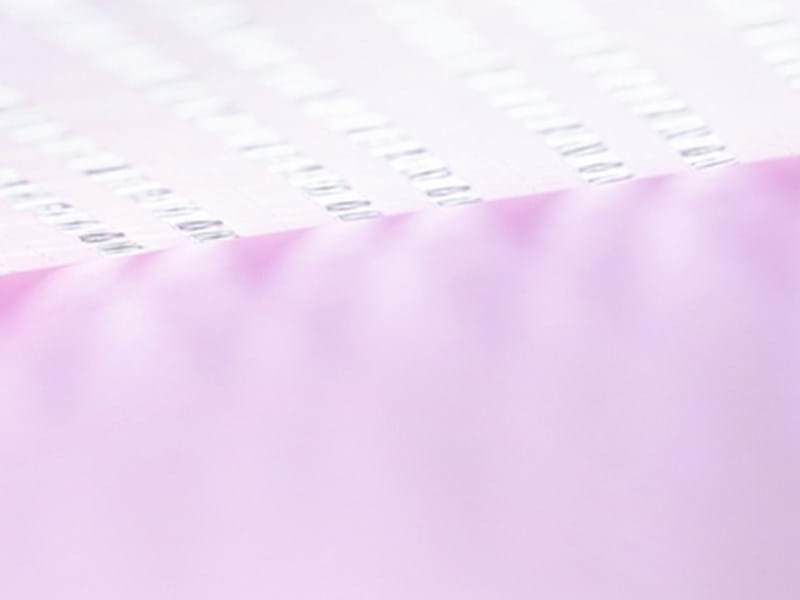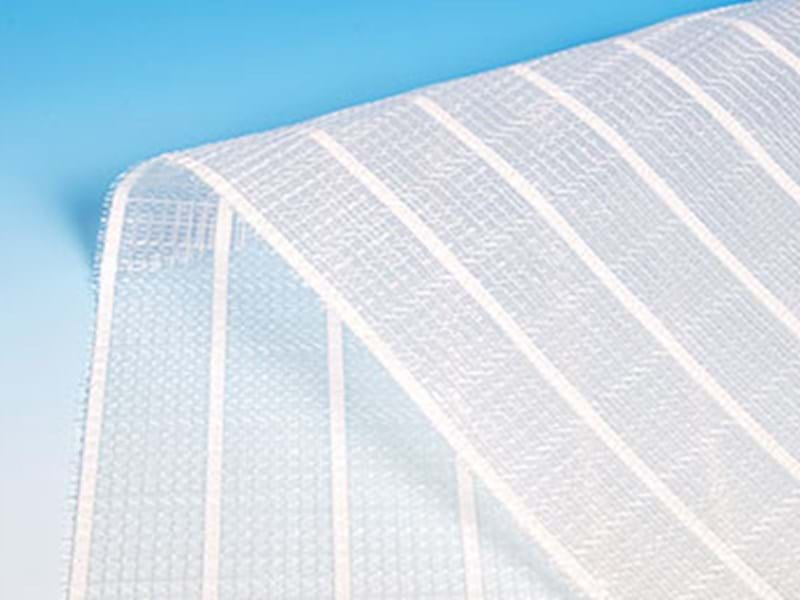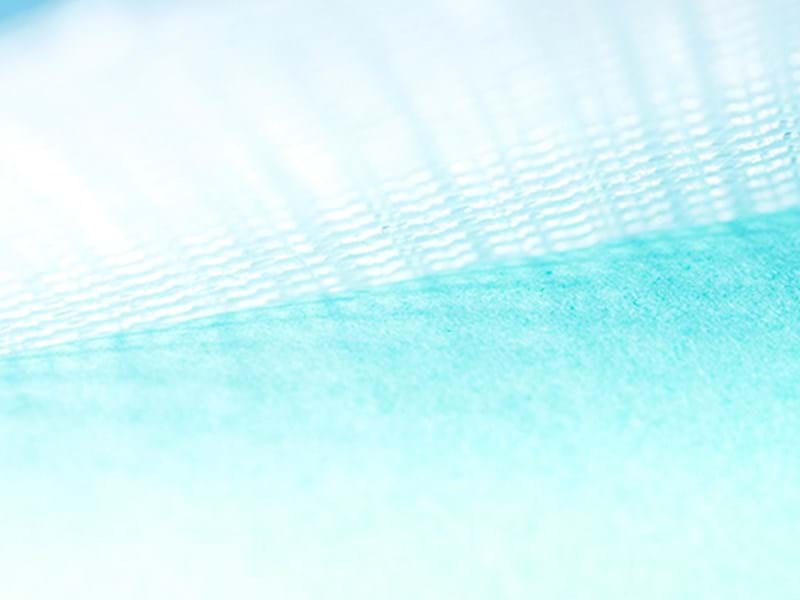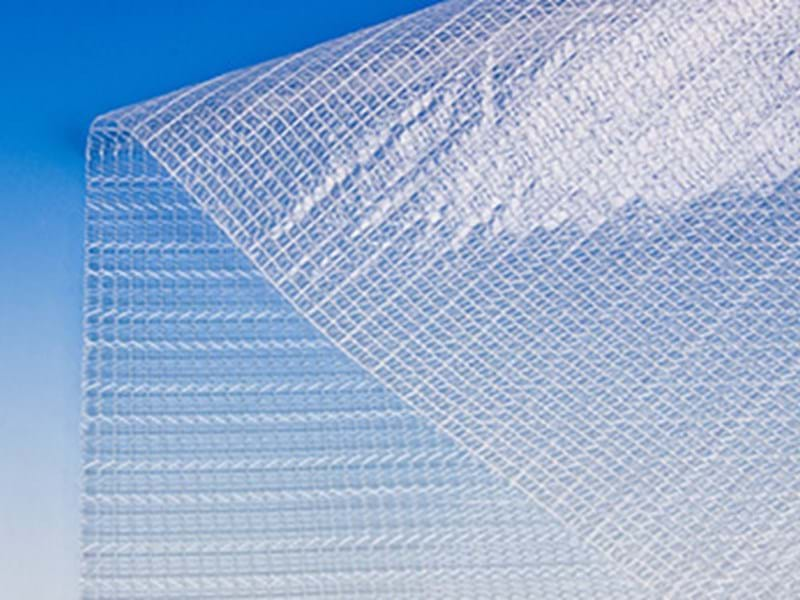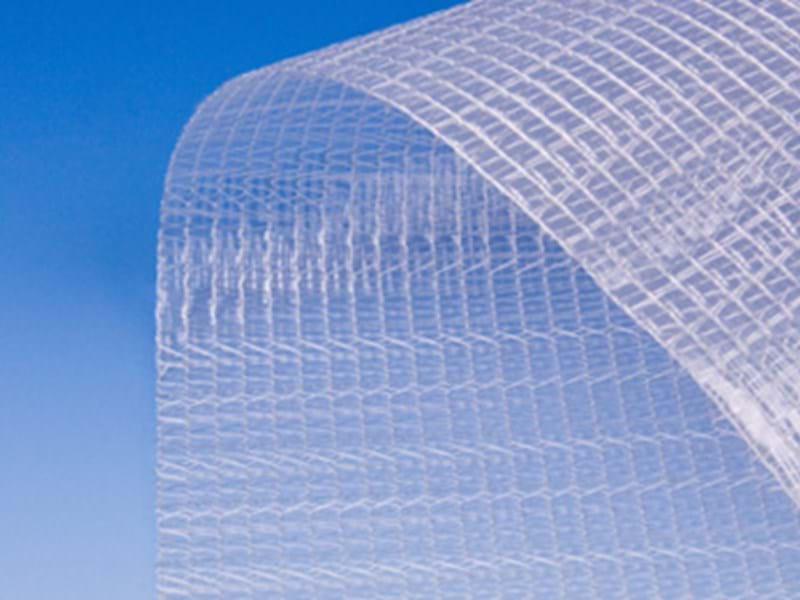Russian grower reflects on increased yields, improved light diffusion, energy savings and optimal temperature regulation
Not only has Mr. Bogatyrev experienced a 47% decrease in expenses since equipping his greenhouses with Svensson Harmony and Luxous screens, but there have also been several other notable improvements, including an increase in tomato yields from the result of improved light diffusion, energy savings, and optimal temperature regulation.
Mr. Bogatyrev, your greenhouse has a long history – can you please give us a brief insight into your complex's past, present, and future?
The Teplichny Sovkhoz was established in 1980 as a structural unit of the Pashkovsky Sovkhoz. Following several organizational reconstructions, the enterprise was registered as Agrokombinat Teplichny OJSC in 2008.
The company specialized in the production and sale of greenhouse vegetables, including cucumbers and tomatoes. The greenhouse complex has 79 hectares and is located in the Karasunsky District of Krasnodar. The total area of the greenhouses in five production units is 30.5 hectares, with 8 hectares used for cucumber cultivation and 22.5 hectares for tomato cultivation.
In the beginning, vegetables were grown in an anthracite greenhouse, which was the only type of greenhouse that existed. As years passed, the complex gradually introduced new technologies and more innovative practices such as starting with smaller volumes and introducing drip irrigation, eventually moving away from using soils. For a long time, ceramsite was used as a substrate at our complex. Since about 2003, we have been re-building old greenhouses and reconstructing new ones.
Our complex consists of 18.5 hectares of greenhouses for tomato cultivation and 12 hectares of older anthracite style greenhouses that are about 38 years old, which are primarily used for growing cucumbers.
With modern technology that has recently been introduced to our company, the plants are grown in an environmentally friendly substrate that does not require the use of chemicals. The automated microclimate control system (located in light zone 5) in the greenhouses and Svensson’s climate screens allow us to produce vegetables in favorable growing conditions while maintaining optimal temperature regulation in the greenhouses.
Were the climate screens installed immediately after the new greenhouses were constructed?
Yes, the construction company immediately equipped all of the new greenhouses with climate screens. When the old screens were ready to be replaced, we started to use Svensson climate screens. The first Svensson screen installation was carried out in 2010, and the latest installation was just in 2016. We have now replaced all of the old screens with Svensson climate screens in all of the new greenhouses used for growing tomatoes.
What Svensson climate screens do you use in your new greenhouses?
A Harmony 2947 screen is installed over an area of 7.3 ha; there’s a Harmony 2747 screen over 1.1 ha, a Luxous 1547 D FR on 6 ha, and a Luxous 1243 D screen over 4 ha.
What are some of the economic benefits you’ve experienced with Svensson climate screens?
The main benefit is the energy savings, of course, with a 47% decrease in expenses. Also, the improved transparency increases yields due to optimizing the level of available light and the improvement of greenhouse microclimates.
Read more about greenhouse Energy Saving
After some of the greenhouses were equipped with the Harmony 2747 FR screen, there has been a notable increase in tomato yields due to light diffusion – an improvement of the use of light by plants in a cultivation installation.
Since we have just recently begun using the Harmony 2747 FR screens, we will need to wait until the end of the year to comment after seeing the results for the whole duration of the vegetation period.
What is the payback period for climate screens?
Around 6 months.
Mr. Bogatyrev, do you keep in touch with the Svensson consultants that visit you?
Yes, it is really convenient to work with Svensson as we can always consult one of their specialists by phone or wait for one of their consultants to visit our greenhouse in person. Besides, we also receive all of the latest information about the industry, climate screens and receive product samples from them.

